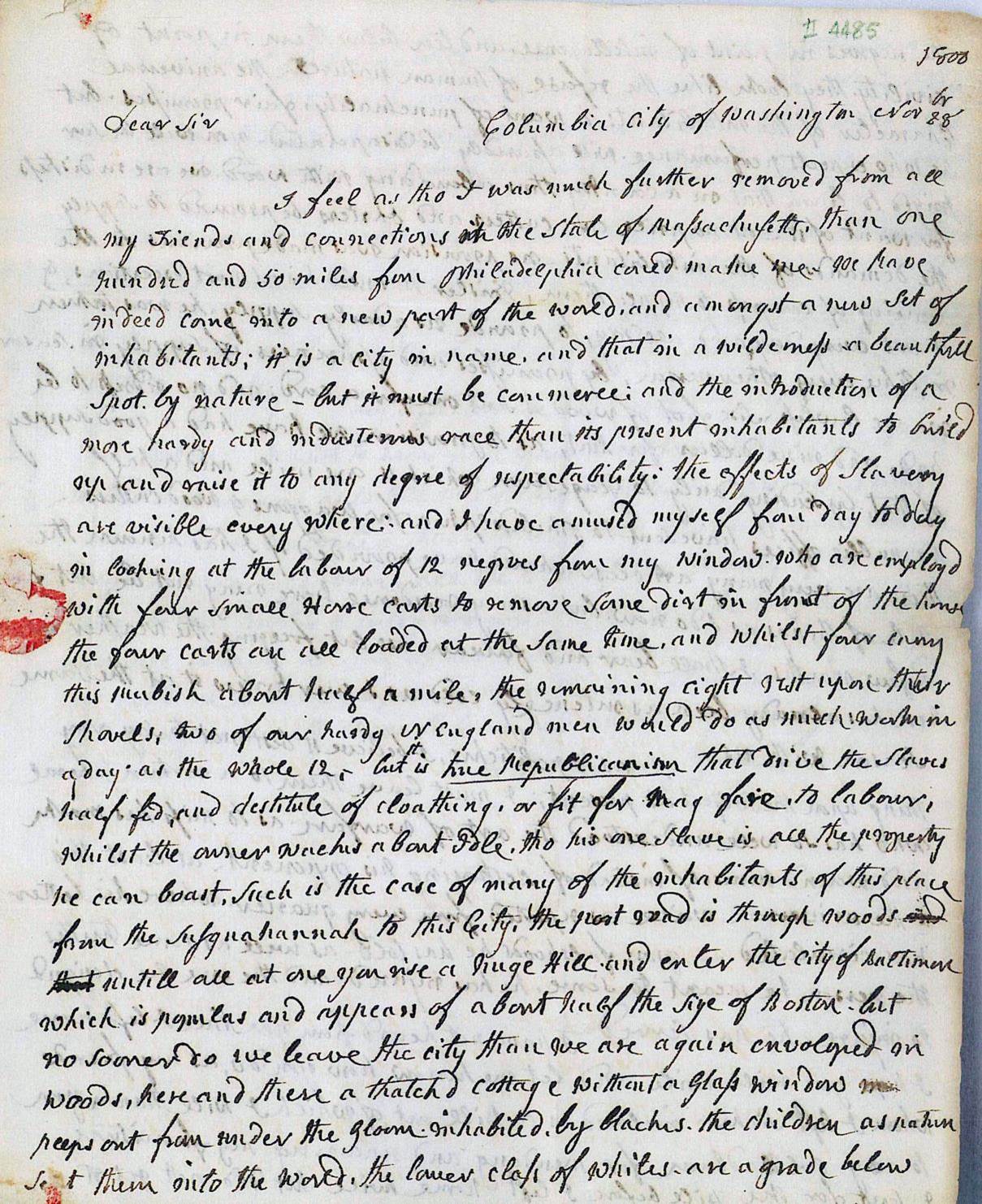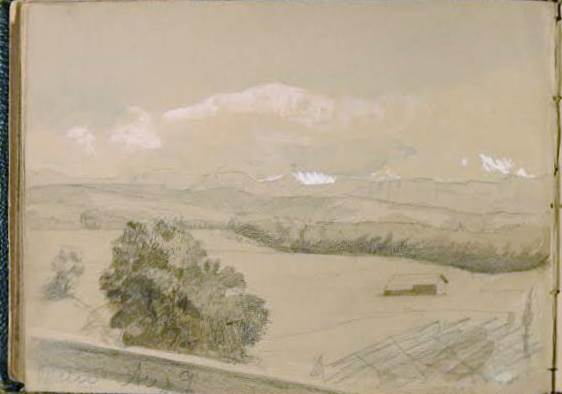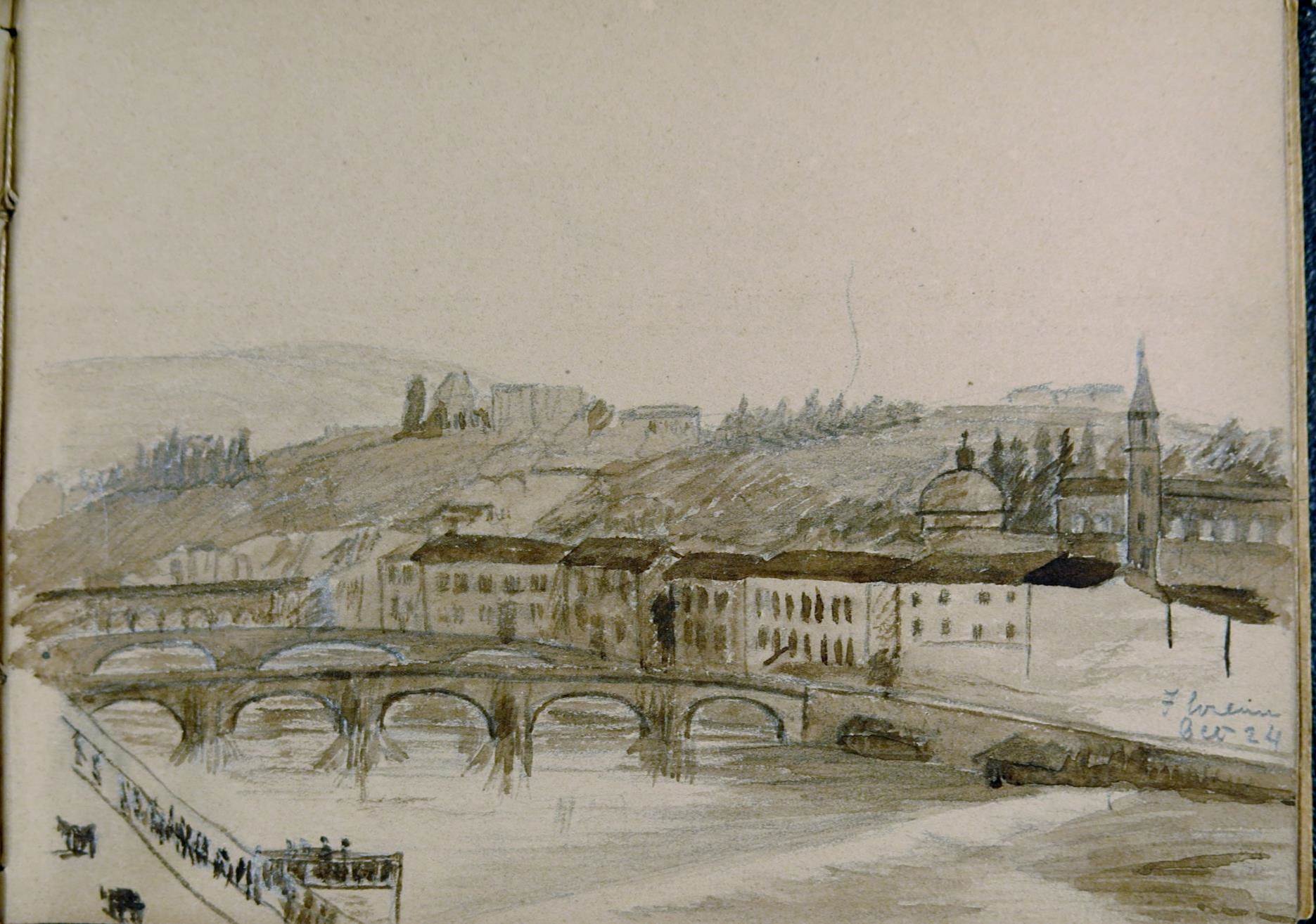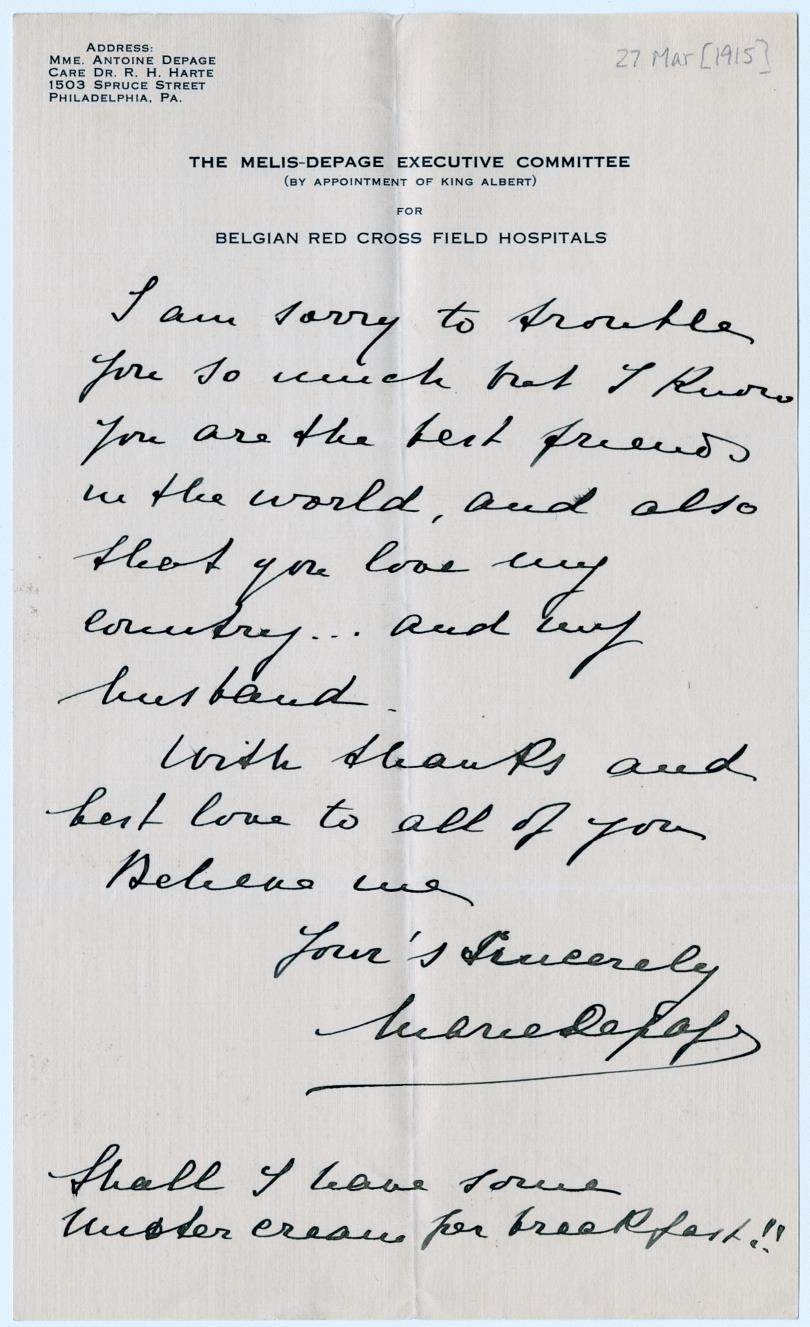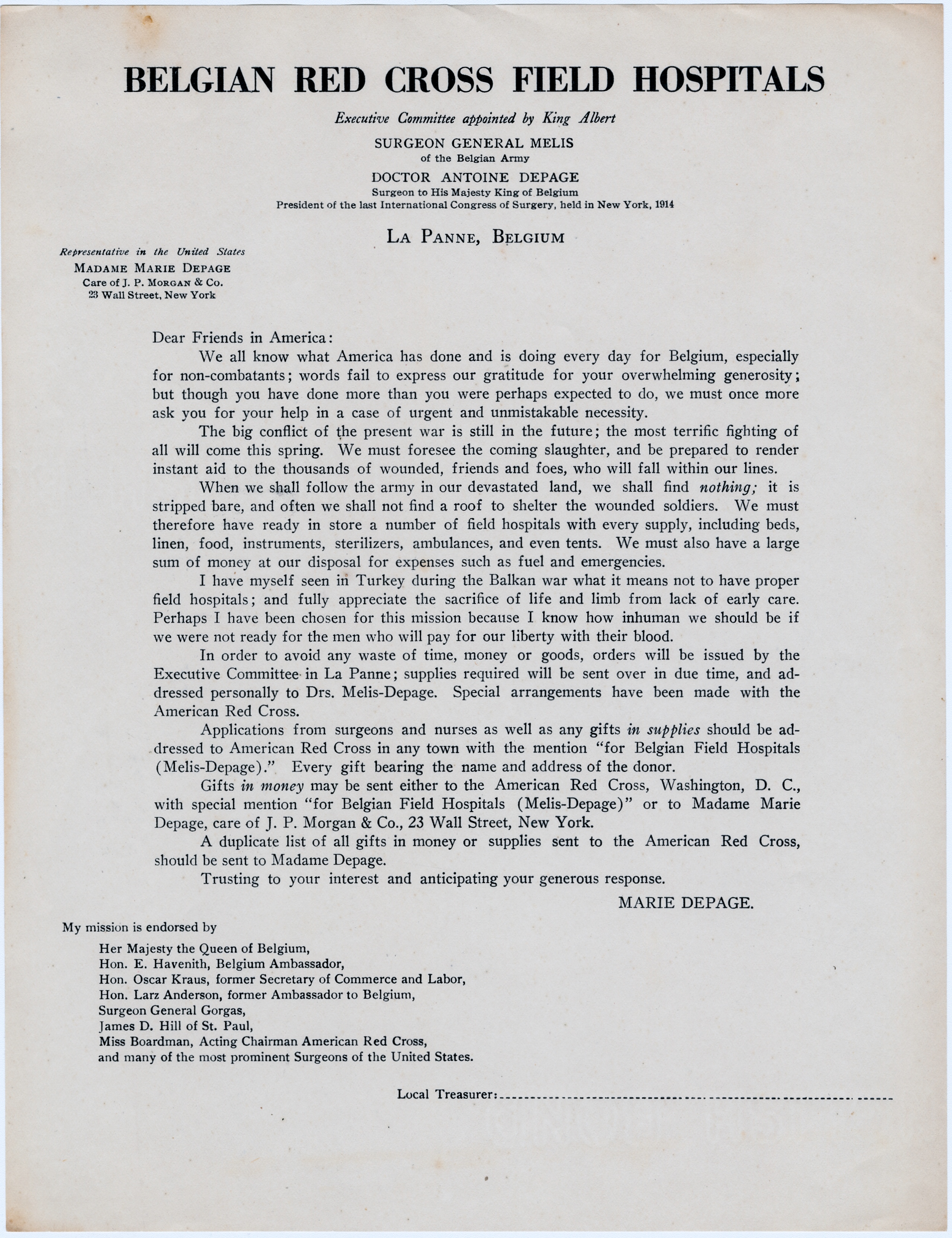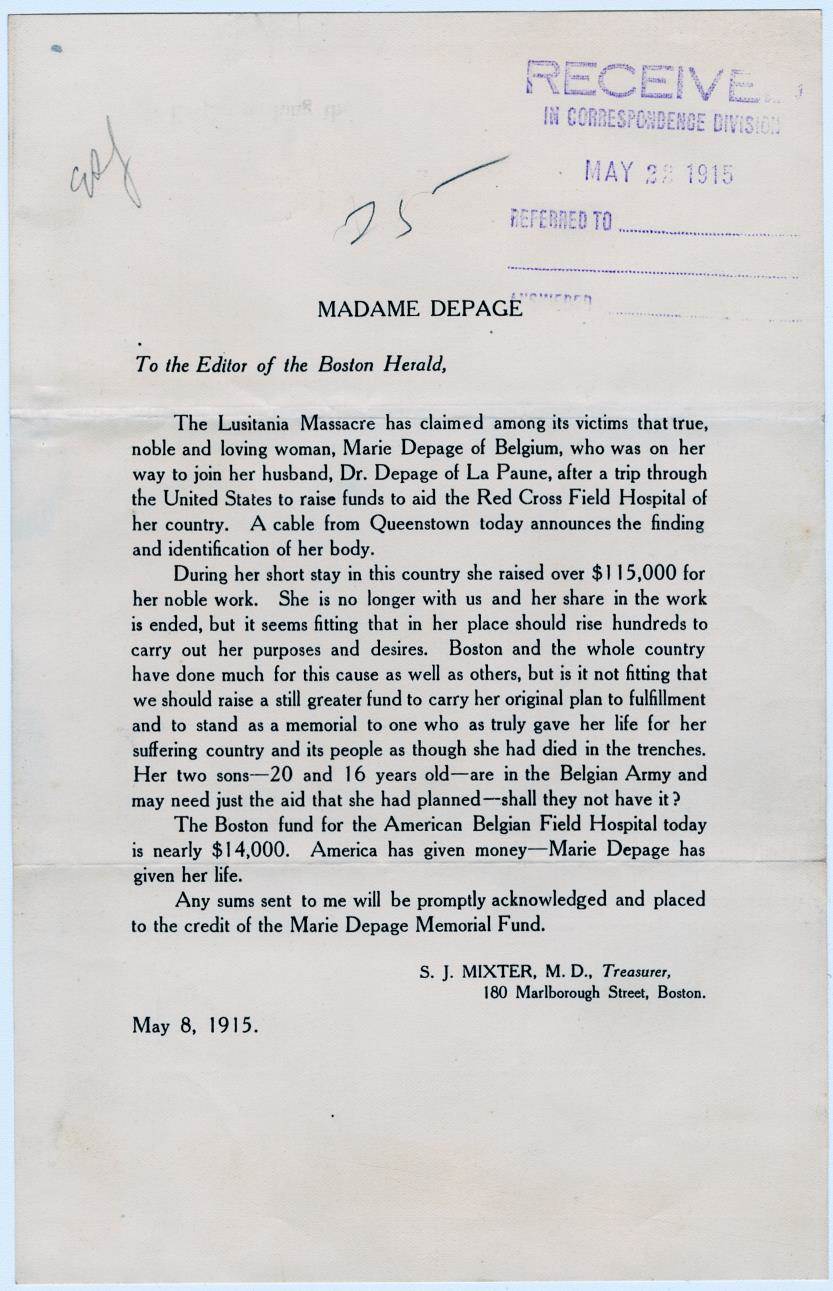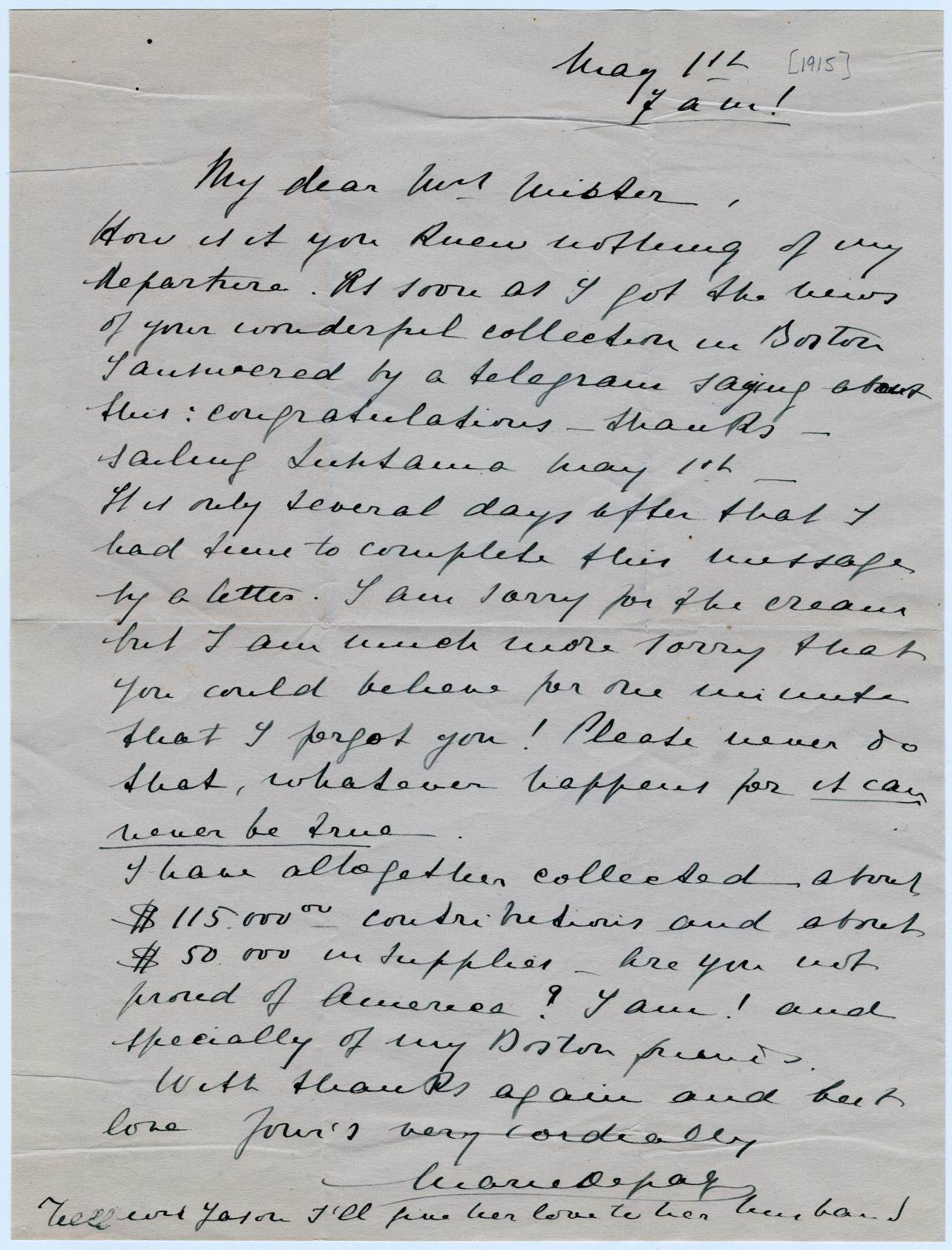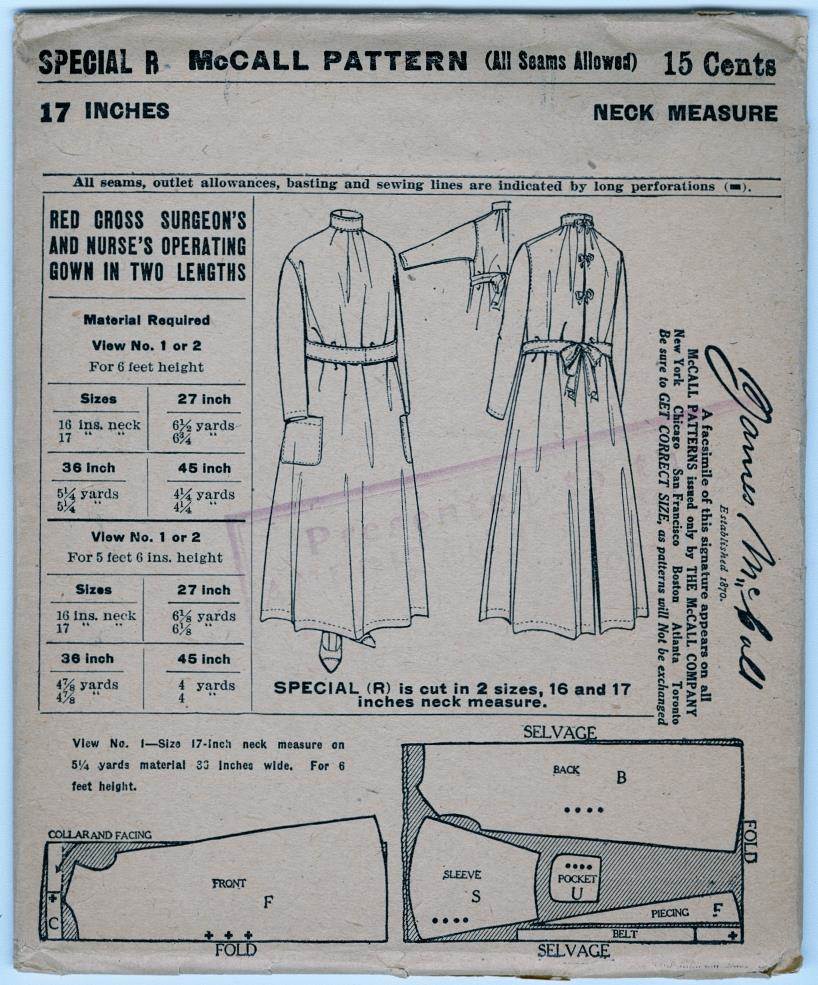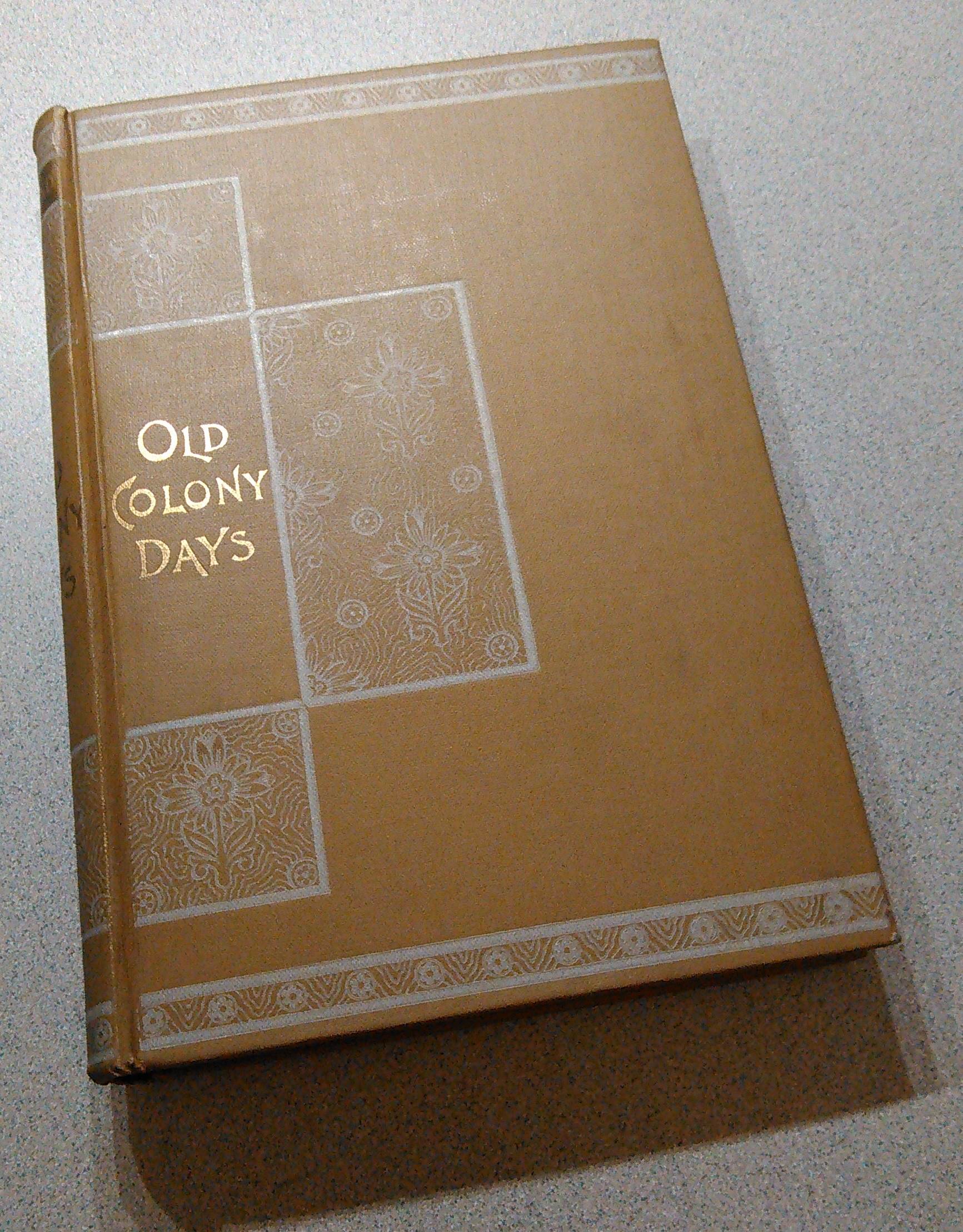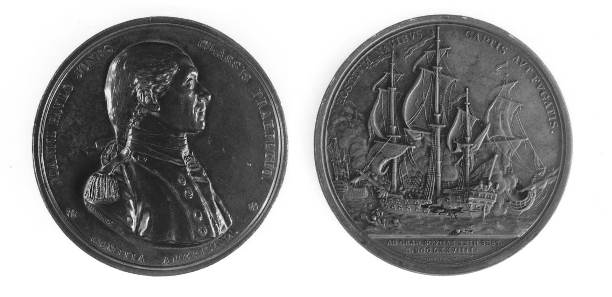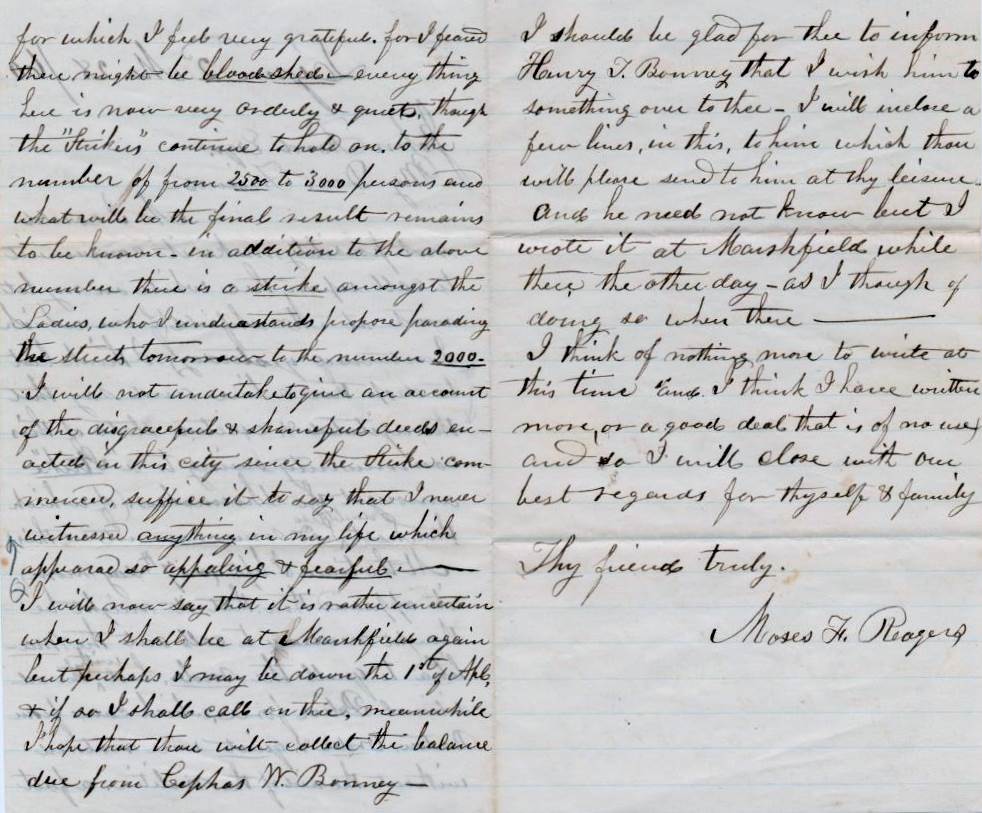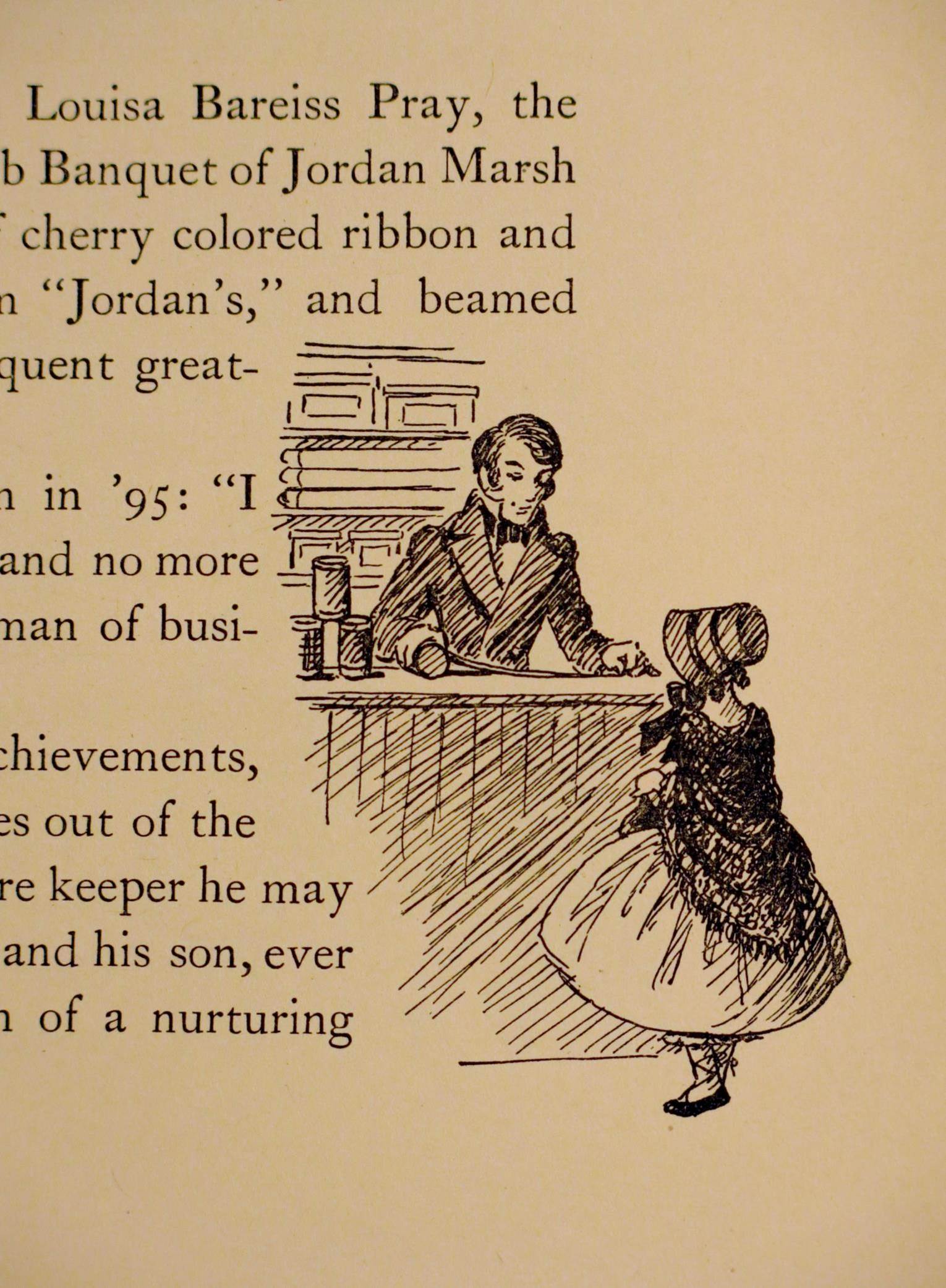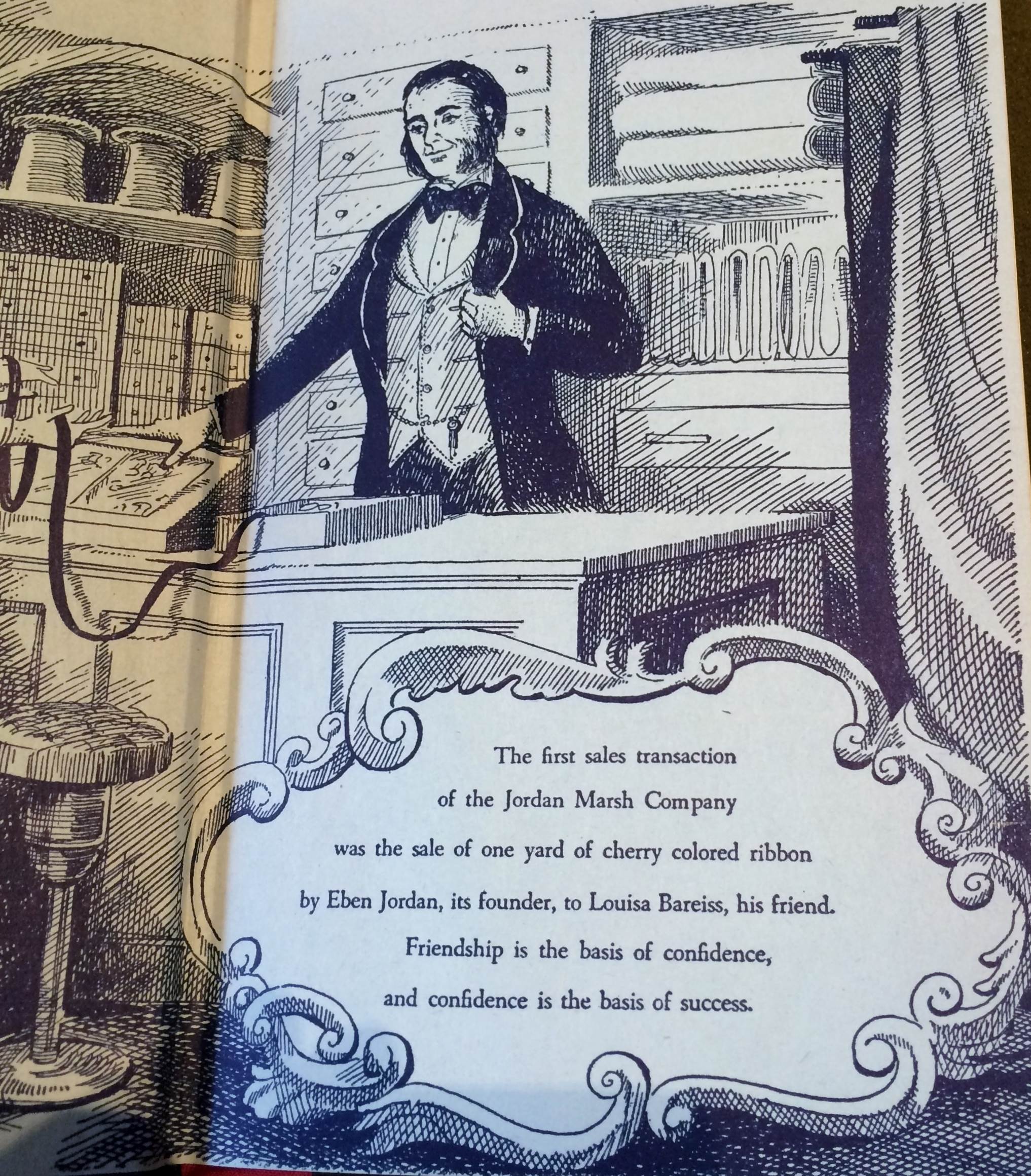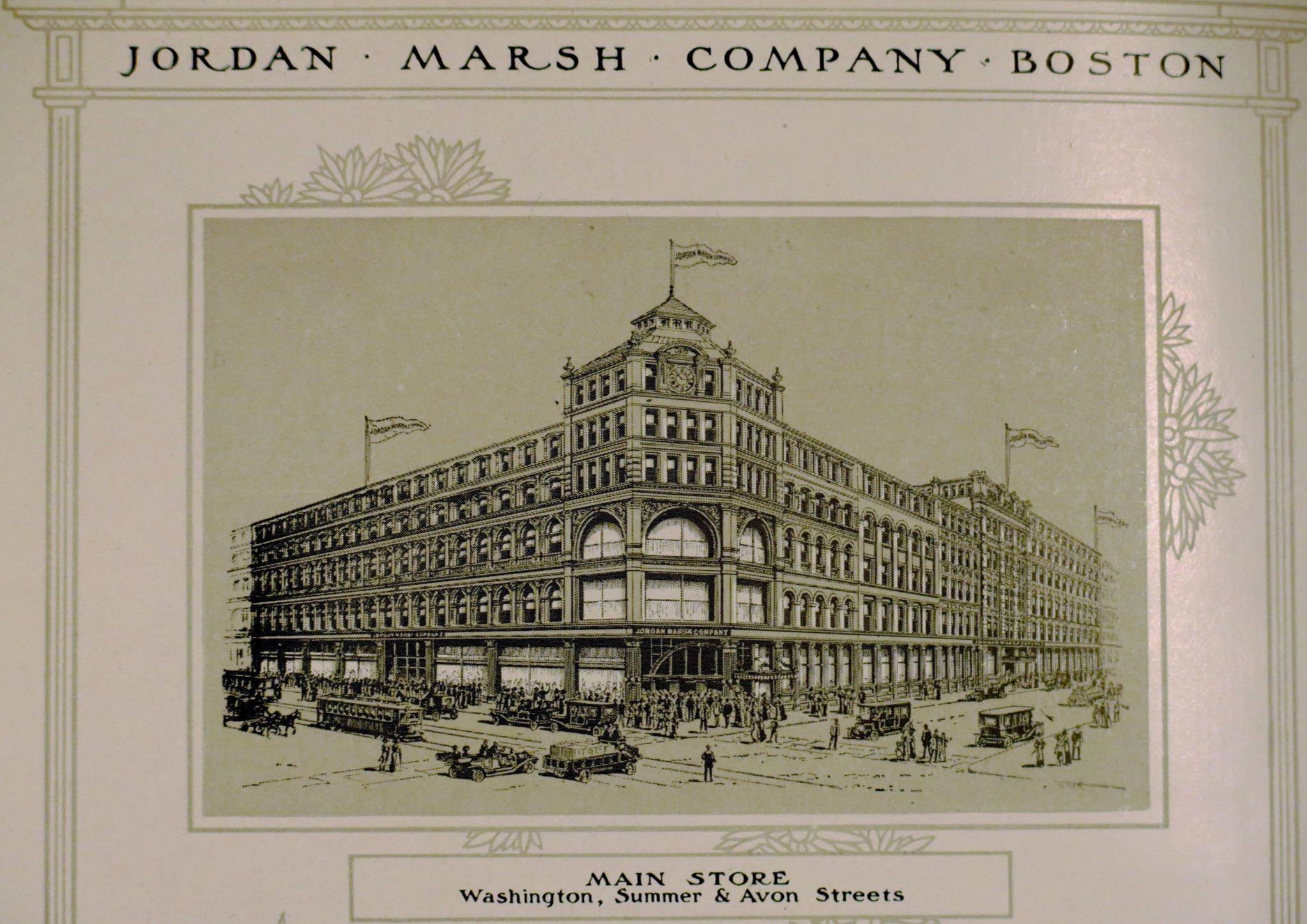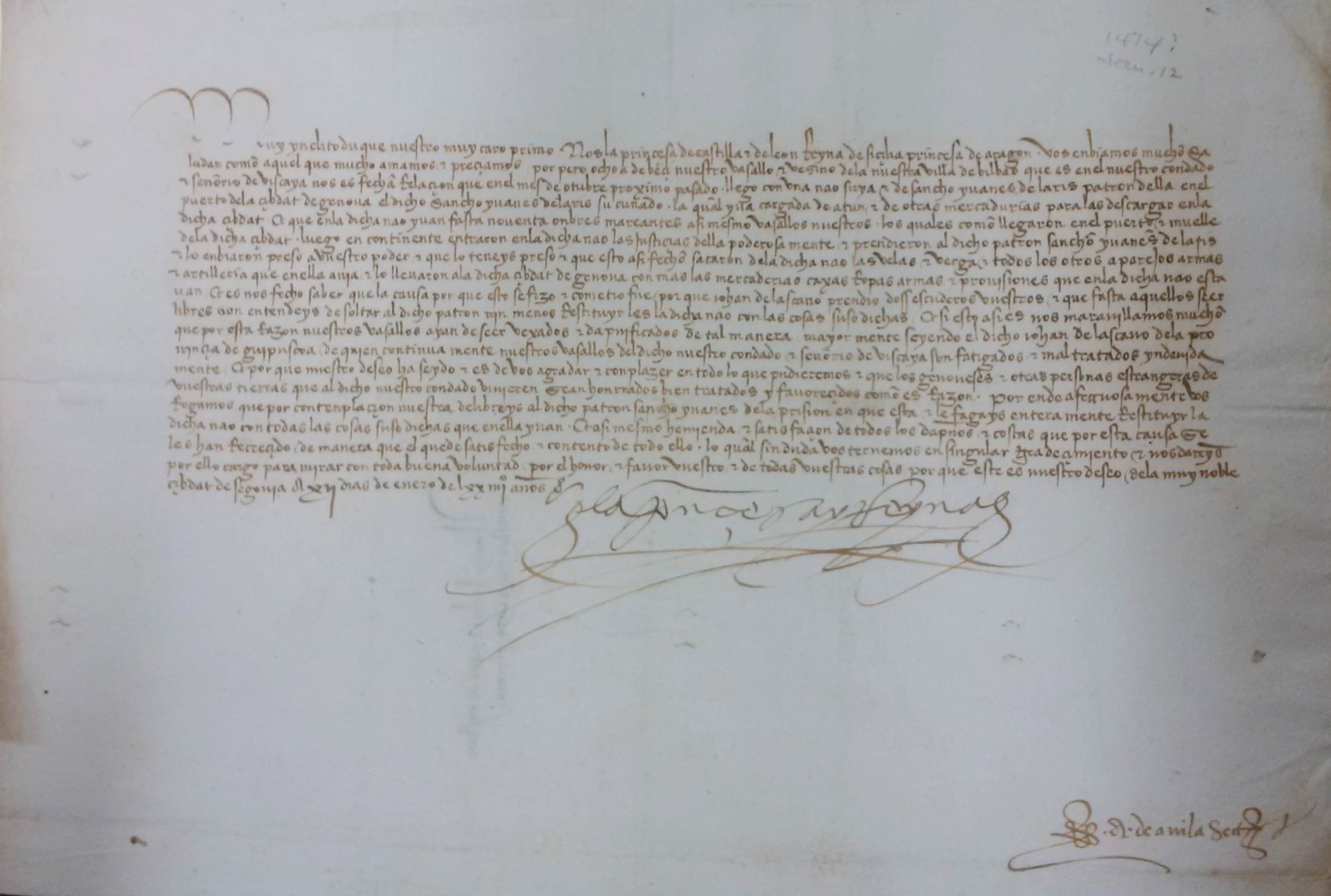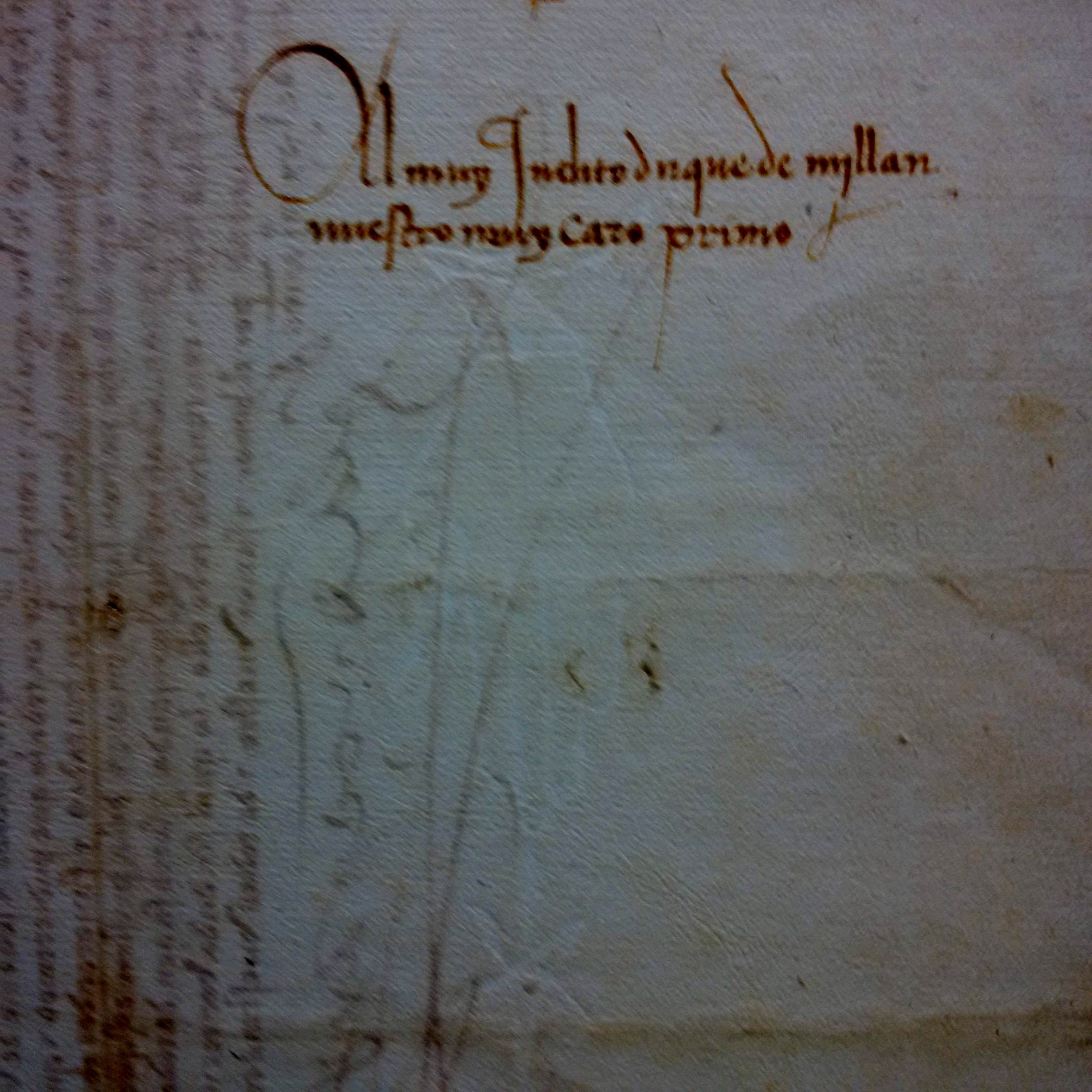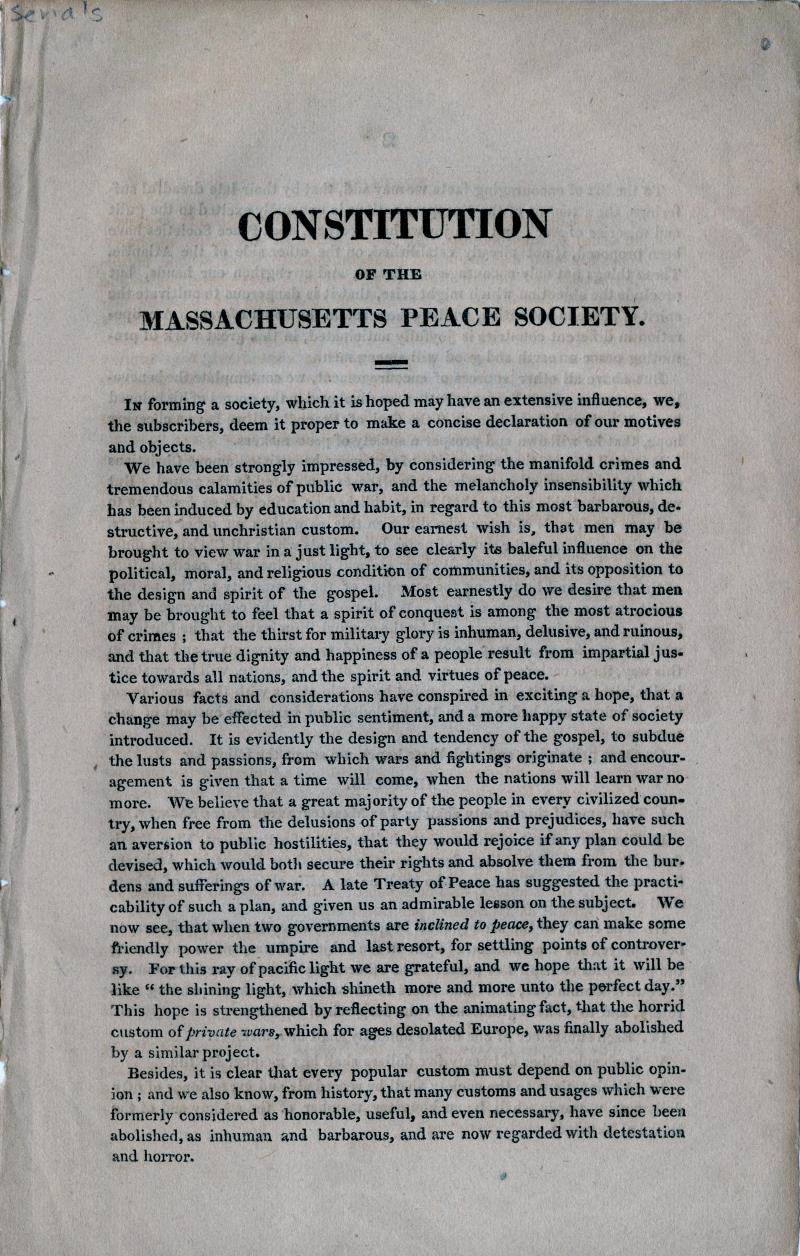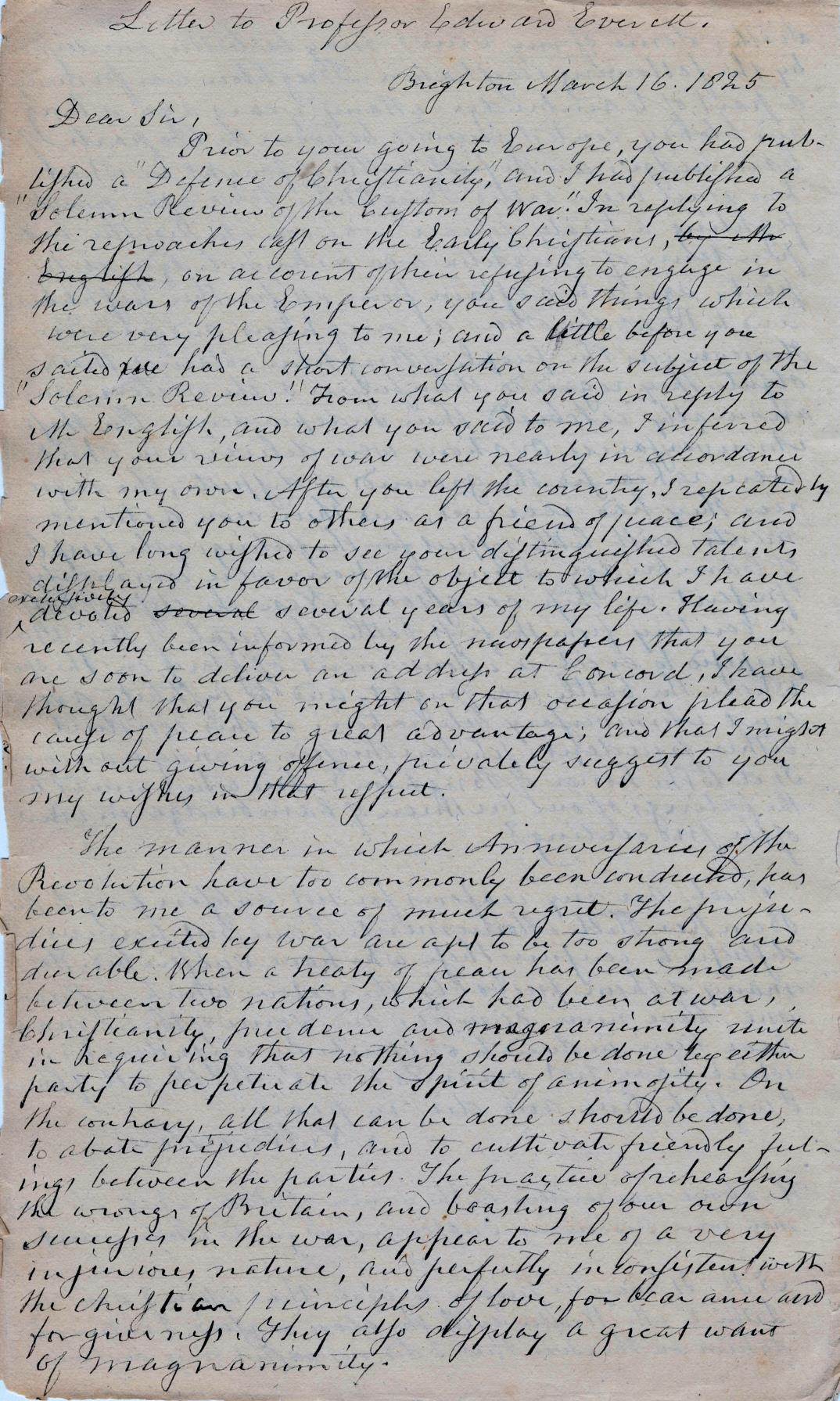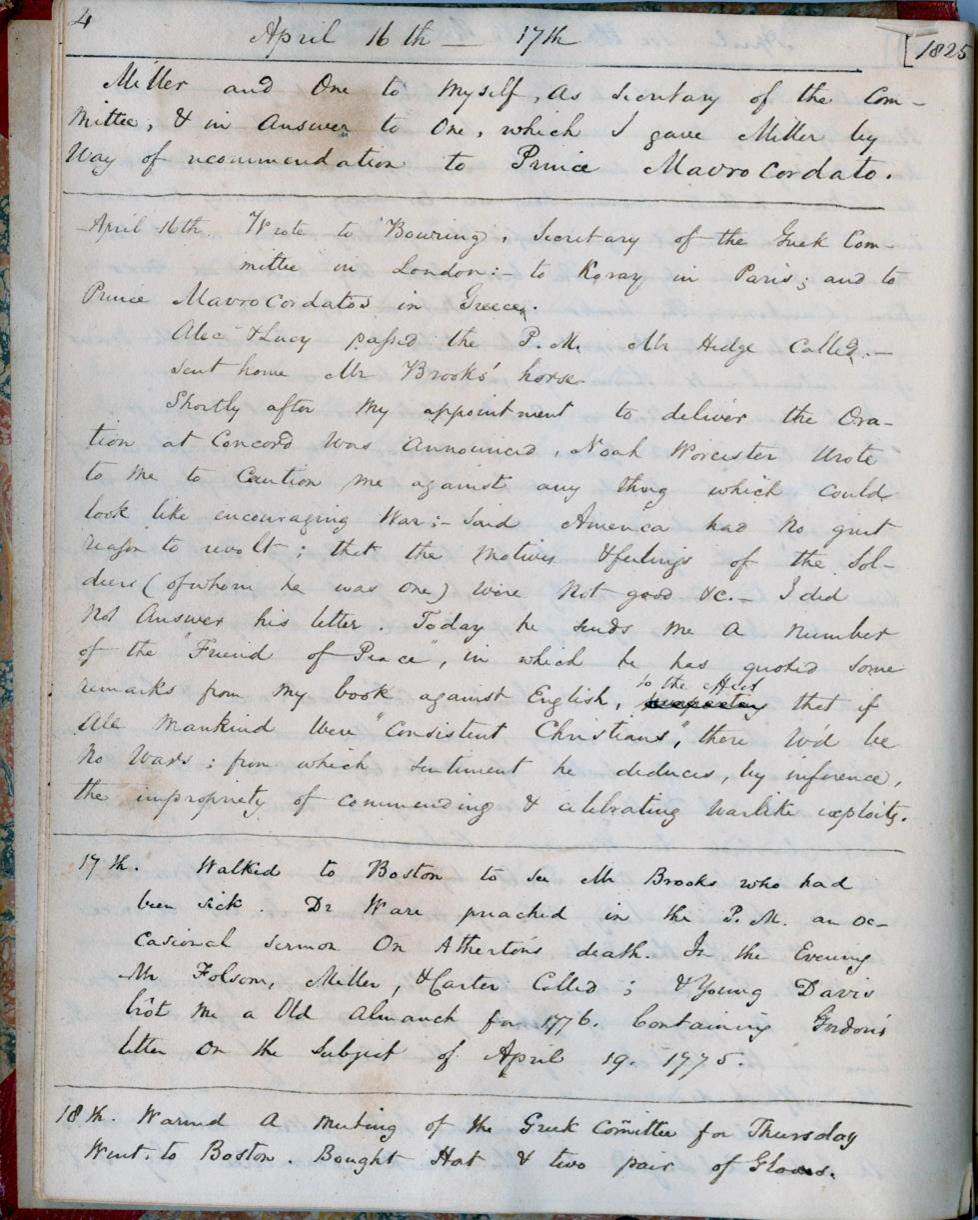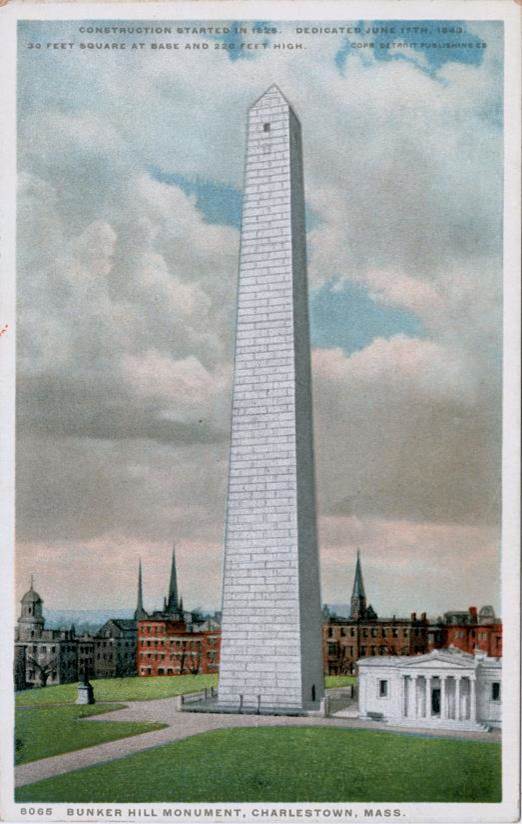By by Anna J. Clutterbuck Cook, Reader Service
Today, we return to the line-a-day diary of Margaret Russell. You can read previous installments here:
January | February | March | April | May | June | July
During August, the Russell family continued daily life on the North Shore with numerous outings by train, motor, and sail. It appears, based on locations mentioned, that Russell spent at least part of her month on the coast of Maine, motoring and sailing in the area near Mt. Desert island (where Acadia National Park is now located). Her days are a mix of outdoor activities and socializing.
One social event Russell notes in passing is a performance of “Miss Draper’s monologues,” although she fails to comment on substance or quality. The following spring (April 1917) critique Agnes Repplier, quoted in the Cambridge (Mass.) Sentinel, had this to say about Ruth Draper’s work:
Miss Ruth Draper has proved to us once and for all the marvellous possibilities of monologue as a mimetic art. Her tiny dramas, differ materially from the earlier French models, which are always in the nature of a soliloquy, illustrating with light, deft touches a single situation and a single speaker. Miss Draper’s impersonations people the stage with characters unseen but distinctly vitalized. She converses with them, having no need of answers. They are invisible allies who throng at her beck and call. While most of Miss Draper’s monologues are humorous or satiric, they grow at times tense with emotion, betraying an exquisite and poignant pathos which proves her to be a pastmistress of her art. While most of them are simple in construction, there are others which may be said to condense a three-act play into ten breathless moments.
Politics, too, intrude upon the privileged and insulated idyll that was a Boston Brahmin summer. On the last Sunday in August, as is Russell’s usual routine, she walks to and from church in the morning, then hosts a family meal at which “C. thinks I better give up plans to go West on account of the strike.” A few days later she notes, “Strike looks so bad that I have given up my plans.” The threatened railroad workers’ strike Margaret Russell alludes to in fact never came to pass — but the threat of collective action did result in the Adamson Act (1916), a piece of federal legislation signed by president Woodrow Wilson, that established the eight-hour workday and overtime pay for railway employees. As the strike was called off by 3 September 1916, stay tuned next month to see if Margaret Russell’s travel plans are back on track!
* * *
August 1916*
1 August. Left on 8 o’k train & arrived at [illegible; likely a point in Maine given subsequent locations] at 4. Perfectly cool & comfortable journey & smooth on the water.
2 August. Wednesday – Drove to Jordan’s Pond to hear Miss Draper’s monologues. Saw lots of people. In the P.M. to see Mrs. Durham.
3 August. Thursday – Driving. Went to see Helen Cabot — Mrs. Lovett, Mrs. R[illegible] & Mrs. Gayley to tea.
4 August. Friday. Went in motor to Savin Hill – Hills Cove where we had tea. Bar Harbor [illegible] drive & home.
5 August. Saturday – Harry & Mrs. C. Parker arrived. Mr. & Mrs. Thompson & Miss Putterham came to tea.
6 August. Sunday – Bishop Brent preached a fine sermon. Went to see Miss Schulyer. In the P.M. drove to Jordan’s Pond for tea. Lovely clear day.
7 August. Monday – Foggy. Paid a call on Wheelwrights & Mrs. C. Parker. Stayed at home in P.M. & then went to see Vaughans.
8 August. Left at 9.30 in motor Ellsworth – Blue Hill – Penobscot – Castine. 3 ¼ hours. Sallie & I took a walk to the Point but it began to rain. Nice to be here.
9 August. Raining in [illegible]. Went to village for errands with Sallie. Lovely drive in P.M. with Rob & Dick & S– [crossed out] [illegible].
10 August. Breakfast at 6.15 & left Castine at 7.10 & train from Rockland at 10. Cool & Comfortable. The John Lawrences were on board. Miss. A– met me at Lynn 4.15.
11 August. Friday – Stayed at home to clear up my desk. Drove in the P.M. & stopped for tea at Salem.
12 August. Saturday. Miss A– & I to Rockport for lunch stopped at E. Gloucester & at Magnolia for errands. Bought [illegible] set. Dined at Beverly.
13 August. Sunday – Walked to church & back. Family to dine.
14 August. Monday – Town all day & to see Aunt Emma. Cool & lovely.
15 August. Tuesday – Errands & walked from [inkblot] woods. Mrs. Ward’s class – Miss A– came & we went for tea at Marblehead.
16 August. Wednesday – To Beverly & to see Marian. Went for [illegible] & she stayed for an hour. Then to Nahant for call.
17 August. Thursday – Heard of a burned out family & went to help. 8 boys in two families. Took drive & stopped for tea at Burnham House.
18 August. Friday – Went to Middlesex Fells at 10.30 & spent the day walking & [illegible] flowers. Lovely day but no results. Home by 4.30.
19 August. Saturday. Met the H.G.C’s at N. Andover. Miss Bramwell with them. Lovely day, long drive home.
20 August. Sunday. Walked to church & back. Nobody came to dine as most are away.
21 August. Monday. Town with Miss A–. Errands & went to see Aunt Emma. Very hot but did not feel it.
22 August. Tuesday. To Salem for errands. Miss Ward’s class & afterwards to tea at Marblehead.
23 August. Wednesday. Went up at 8.30 & met Clara & May T– at Chilton brought them down & took them back at [illegible] to Bar Harbor – boat.
24 August. Thursday – Went to church. Lunched at Nahant with Mrs. Amory Lawrence. Took drive with Miss A–.
25 August. Friday – at Home all the morning. Lunched at Beverly with Evie Curtis. Afterwards to Magnolia for errands.
26 August. Saturday – Met the H.G.C.’s at Bald Pate at lunch. Tried to find Pauline F– but failed.
27 August. Sunday – Walked to church & back. Family to dine. C. thinks I better give up plans to go West on account of the strike.
28 August. Monday – Rained hard. Town & then to see Aunt Emma. Went to see Dr. Smith.
29 August. Went to town to get Sevres groups from M.C. Cabot. Back to lunch. Mrs. Ward’s class & then to see F. Prince.
30 August. Wednesday – Strike looks so bad that I have given up my plans. Walked back from Little Nahant. Baby came to see Mama.
31 August. Thursday. Lunched at Nahant at Mrs. F. Merriman’s. Went to Manchester to see Mrs. H[illegible] & Mrs. James H.
* * *
If you are interested in viewing the diary in person in our library or have other questions about the collection, please visit the library or contact a member of the library staff for further assistance.
*Please note that the diary transcription is a rough-and-ready version, not an authoritative transcript. Researchers wishing to use the diary in the course of their own work should verify the version found here with the manuscript original.



